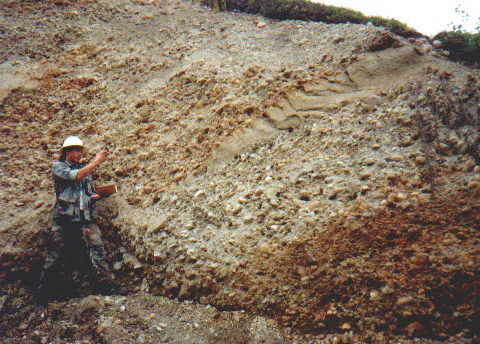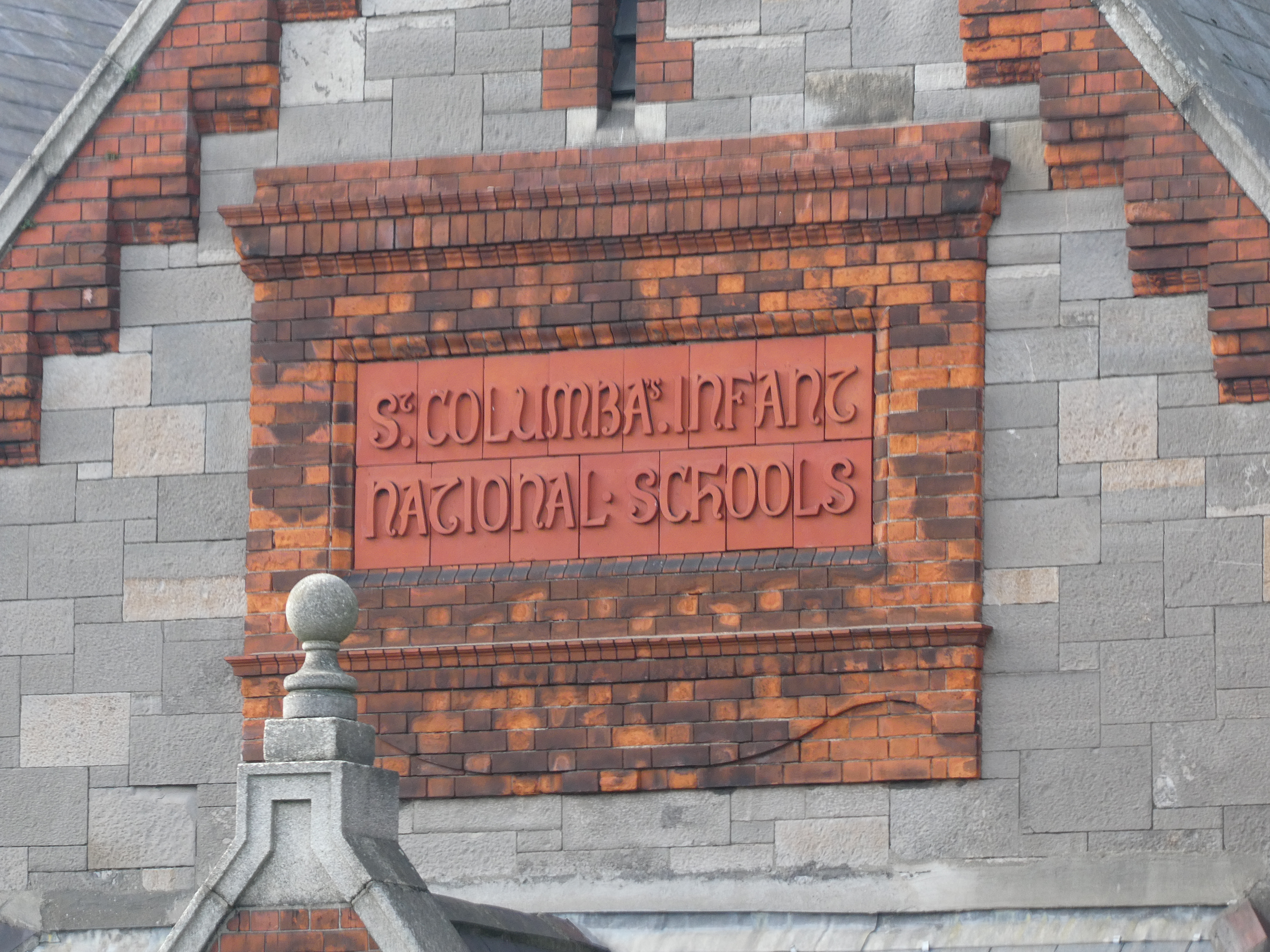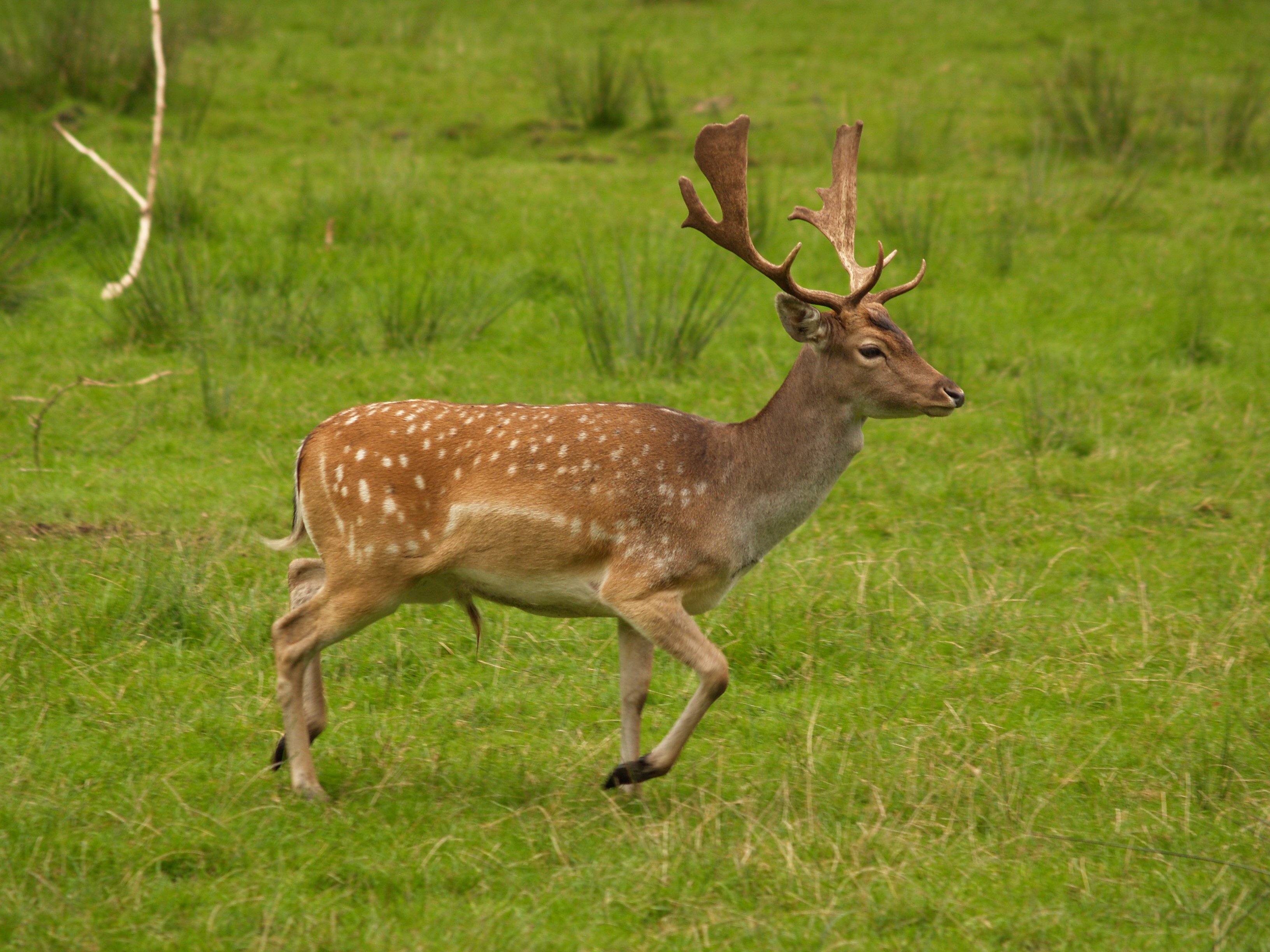|
Glenough
Glenough () is a townland near Rossmore, County Tipperary in Ireland. Glenough consists of many dwellings and farms spread throughout the countryside. Glenough is a hilly area, with its highest point being Ring Hill at 426 metres (1398 feet). Ring Hill forms part of the Slieve Felim mountain range. Due to its elevation, Glenough has been chosen as a site for the erection of wind farms over the past decade. Glenough is a hill-walking area. There are a number of forests in Glenough, which consist mainly of coniferous trees and completely cover most of the hill tops. Some of these forests have been planted and maintained by the Irish state forestry agency – Coillte, while other forests have been planted by local farmers with the help of government grants. Deciduous trees are also present, especially in Aughnaclanny Valley. Wild fallow deer live in the forests of Glenough. The Aughnaclanny River flows through Glenough, and is most easily visible at the bridge beside Gle ... [...More Info...] [...Related Items...] OR: [Wikipedia] [Google] [Baidu] |
Rossmore, County Tipperary
Rossmore () is a small village and townland in County Tipperary in Ireland. It is in the civil parish of Clonoulty, barony of Kilnamanagh Lower. It is located in the electoral division (ED) of Clonoulty West. It is also half of the Clonoulty and Rossmore parish in the Roman Catholic Archdiocese of Cashel and Emly. Geographic location Rossmore is administered by Tipperary County Council, and lies within the boundaries of Tipperary constituency for the purposes of Irish general elections. Rossmore is almost equidistant from the three nearest towns. Cashel is 12 kilometres south-east, Thurles is 13 kilometres north-east, and Tipperary Town is 14 kilometres south-west. The nearest railway station is Thurles railway station, which has frequent and direct connections to Ireland's three largest cities: Dublin, Cork, and Limerick. Rossmore may also refer to a slightly larger area which forms one half of the Clonoulty–Rossmore GAA club. The usage of the term Rossmore in these i ... [...More Info...] [...Related Items...] OR: [Wikipedia] [Google] [Baidu] |
Republic Of Ireland
Ireland ( ga, Éire ), also known as the Republic of Ireland (), is a country in north-western Europe consisting of 26 of the 32 Counties of Ireland, counties of the island of Ireland. The capital and largest city is Dublin, on the eastern side of the island. Around 2.1 million of the country's population of 5.13 million people resides in the Greater Dublin Area. The sovereign state shares its only land border with Northern Ireland, which is Countries of the United Kingdom, part of the United Kingdom. It is otherwise surrounded by the Atlantic Ocean, with the Celtic Sea to the south, St George's Channel to the south-east, and the Irish Sea to the east. It is a Unitary state, unitary, parliamentary republic. The legislature, the , consists of a lower house, ; an upper house, ; and an elected President of Ireland, President () who serves as the largely ceremonial head of state, but with some important powers and duties. The head of government is the (Prime Minister, liter ... [...More Info...] [...Related Items...] OR: [Wikipedia] [Google] [Baidu] |
Hill-walking
Walking is one of the most popular outdoor recreational activities in the United Kingdom, and within England and Wales there is a comprehensive network of rights of way that permits access to the countryside. Furthermore, access to much uncultivated and unenclosed land has opened up since the enactment of the Countryside and Rights of Way Act 2000. In Scotland the ancient tradition of universal access to land was formally codified under the Land Reform (Scotland) Act 2003. In Northern Ireland, however, there are few rights of way, or other access to land. Walking is used in the United Kingdom to describe a range of activity, from a walk in the park to trekking in the Alps. The word "hiking" is used in the UK, but less often than walking; the word rambling (akin to ''roam'') is also used, and the main organisation that supports walking is called The Ramblers. Walking in mountainous areas in the UK is called hillwalking, or in Northern England, including the Lake District and Yor ... [...More Info...] [...Related Items...] OR: [Wikipedia] [Google] [Baidu] |
River Suir
The River Suir ( ; ga, an tSiúr or ''Abhainn na Siúire'' ) is a river in Ireland that flows into the Atlantic Ocean through Waterford after a distance of . The catchment area of the Suir is 3,610 km2.South Eastern River Basin District Management System. Page 38 Its long term average flow rate is 76.9 cubic metres per second (m3/s), about twice the flow of either the (37.4 m3/s) or the River Nore (42.9 m3/s) before these join, but a little less than the Barrow's flow when it meets the Suir 2 ... [...More Info...] [...Related Items...] OR: [Wikipedia] [Google] [Baidu] |
Lower Course
A river is a natural flowing watercourse, usually freshwater, flowing towards an ocean, sea, lake or another river. In some cases, a river flows into the ground and becomes dry at the end of its course without reaching another body of water. Small rivers can be referred to using names such as creek, brook, rivulet, and rill. There are no official definitions for the generic term river as applied to geographic features, although in some countries or communities a stream is defined by its size. Many names for small rivers are specific to geographic location; examples are "run" in some parts of the United States, "burn" in Scotland and northeast England, and "beck" in northern England. Sometimes a river is defined as being larger than a creek, but not always: the language is vague. Rivers are part of the water cycle. Water generally collects in a river from precipitation through a drainage basin from surface runoff and other sources such as groundwater recharge, springs, a ... [...More Info...] [...Related Items...] OR: [Wikipedia] [Google] [Baidu] |
Taxus
''Taxus'' is a genus of coniferous trees or shrubs known as yews in the family Taxaceae. They are relatively slow-growing and can be very long-lived, and reach heights of , with trunk girth averaging . They have reddish bark, lanceolate, flat, dark-green leaves long and broad, arranged spirally on the stem, but with the leaf bases twisted to align the leaves in two flat rows either side of the stem. The oldest known fossil species are from the Early Cretaceous. Morphology The seed cones are highly modified, each cone containing a single seed long partly surrounded by a modified scale which develops into a soft, bright red berry-like structure called an aril, long and wide and open at the end. The arils are mature 6–9 months after pollination, and with the seed contained are eaten by thrushes, waxwings and other birds, which disperse the hard seeds undamaged in their droppings; maturation of the arils is spread over 2–3 months, increasing the chances of successful s ... [...More Info...] [...Related Items...] OR: [Wikipedia] [Google] [Baidu] |
Alluvial
Alluvium (from Latin ''alluvius'', from ''alluere'' 'to wash against') is loose clay, silt, sand, or gravel that has been deposited by running water in a stream bed, on a floodplain, in an alluvial fan or beach, or in similar settings. Alluvium is also sometimes called alluvial deposit. Alluvium is typically geologically young and is not consolidated into solid rock. Sediments deposited underwater, in seas, estuaries, lakes, or ponds, are not described as alluvium. Floodplain alluvium can be highly fertile, and supported some of the earliest human civilizations. Definitions The present consensus is that "alluvium" refers to loose sediments of all types deposited by running water in floodplains or in alluvial fans or related landforms. However, the meaning of the term has varied considerably since it was first defined in the French dictionary of Antoine Furetière, posthumously published in 1690. Drawing upon concepts from Roman law, Furetière defined '' alluvion'' ( ... [...More Info...] [...Related Items...] OR: [Wikipedia] [Google] [Baidu] |
Special Area Of Conservation
A Special Area of Conservation (SAC) is defined in the European Union's Habitats Directive (92/43/EEC), also known as the ''Directive on the Conservation of Natural Habitats and of Wild Fauna and Flora''. They are to protect the 220 habitats and approximately 1,000 species listed in annex I and II of the directive which are considered to be of European interest following criteria given in the directive. They must be chosen from the Sites of Community Importance by the member states and designated SAC by an act assuring the conservation measures of the natural habitat. SACs complement Special Protection Areas and together form a network of protected sites across the European Union called Natura 2000. This, in turn, is part of the Emerald network of Areas of Special Conservation Interest (ASCIs) under the Berne Convention. Assessment methodology in the United Kingdom Prior to being designated as a Special Area of Conservation (SAC), sites have been assessed under a two-stage pr ... [...More Info...] [...Related Items...] OR: [Wikipedia] [Google] [Baidu] |
National School (Ireland)
In Ireland, a national school () is a type of primary school that is financed directly by the state, but typically administered jointly by the state, a patron body, and local representatives. In national schools, most major policies, such as the curriculum and teacher salaries and conditions, are managed by the state through the Department of Education and Skills. Minor policies of the school are managed by local people, sometimes directed by a member of the clergy, as representative of the patron, through a local 'board of management'. Most primary schools in Ireland fall into this category, which is a pre-independence concept. While there are other forms of primary school in Ireland, including a relatively small number of private denominational schools which do not receive state aid, there were just 34 such private primary schools in 2012, with a combined enrollment of 7,600 pupils. By comparison there were, as of 2019, over 3,200 national schools in Ireland with a combined en ... [...More Info...] [...Related Items...] OR: [Wikipedia] [Google] [Baidu] |
Fallow Deer
''Dama'' is a genus of deer in the subfamily Cervinae, commonly referred to as fallow deer. Name The name fallow is derived from the deer's pale brown colour. The Latin word ''dāma'' or ''damma'', used for roe deer, gazelles A gazelle is one of many antelope species in the genus ''Gazella'' . This article also deals with the seven species included in two further genera, '' Eudorcas'' and '' Nanger'', which were formerly considered subgenera of ''Gazella''. A thir ..., and antelopes, lies at the root of the modern scientific name, as well as the German ''Damhirsch'', French ''daim'', Dutch ''damhert'', and Italian ''daino''. In Croatian and Serbian, the name for the fallow deer is ''jelen lopatar'' ("shovel deer"), due to the form of its antlers. The Modern Hebrew name of the fallow deer is ''yachmur'' (יחמור). Taxonomy and evolution The genus includes two extant species: Extant species Some taxonomists include the Persian fallow deer as a subspecies (''D. ... [...More Info...] [...Related Items...] OR: [Wikipedia] [Google] [Baidu] |
Deciduous Trees
In the fields of horticulture and Botany, the term ''deciduous'' () means "falling off at maturity" and "tending to fall off", in reference to trees and shrubs that seasonally shed leaves, usually in the autumn; to the shedding of petals, after flowering; and to the shedding of ripe fruit. The antonym of ''deciduous'' in the botanical sense is evergreen. Generally, the term "deciduous" means "the dropping of a part that is no longer needed or useful" and the "falling away after its purpose is finished". In plants, it is the result of natural processes. "Deciduous" has a similar meaning when referring to animal parts, such as deciduous antlers in deer, deciduous teeth (baby teeth) in some mammals (including humans); or decidua, the uterine lining that sheds off after birth. Botany In botany and horticulture, deciduous plants, including trees, shrubs and herbaceous perennials, are those that lose all of their leaves for part of the year. This process is called abscis ... [...More Info...] [...Related Items...] OR: [Wikipedia] [Google] [Baidu] |





